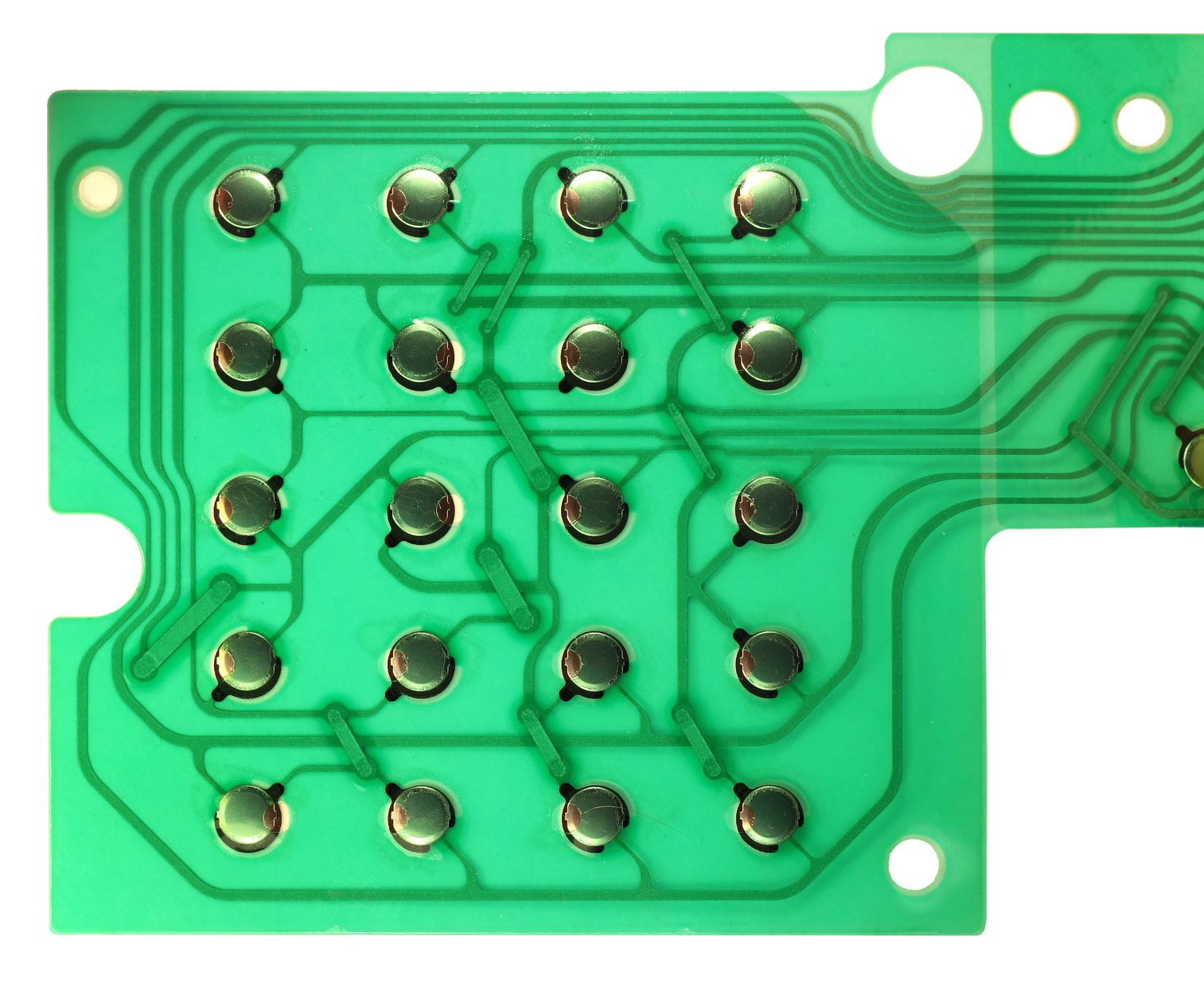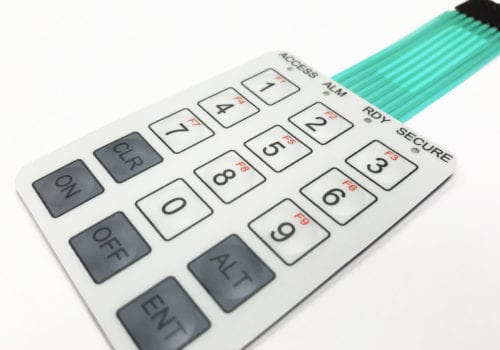Discover Various Types of Membrane Switch Technologies for Your Demands
Discover Various Types of Membrane Switch Technologies for Your Demands
Blog Article
Comprehending the Capability of Membrane Switches Over for Interface Instruments
The functionality of membrane layer switches over stands for a substantial improvement in customer interface style, incorporating effectiveness with aesthetic flexibility. As industries progressively prioritize customer experience, recognizing the subtleties of membrane button innovation ends up being important.
What Are Membrane Layer Switches?
Membrane layer switches are cutting-edge user interface devices that assist in user interaction with electronic tools. These versatile elements contain several layers, including a visuals overlay, spacer, and a printed circuit layer. The design permits a smooth assimilation into numerous electronic gadgets, enhancing both the aesthetic and practical elements of customer interfaces.
Membrane layer switches are generally utilized in a wide variety of applications, from home appliances to industrial equipment and clinical tools. Their building and construction generally features a thin profile, making them a perfect selection for portable layouts. The responsive feedback supplied by these buttons can be engineered to satisfy details customer preferences, guaranteeing effective communication in between the customer and the tool.
Durability is another substantial benefit of membrane layer switches, as they are resistant to dirt, wetness, and chemicals, which improves their life expectancy popular atmospheres. Furthermore, these switches can be personalized in regards to form, size, and graphic layout, enabling branding and user-specific attributes. In general, membrane switches stand for a practical solution for enhancing user experience in electronic devices, incorporating performance with aesthetic allure in a reliable manner.
Exactly How Membrane Switches Over Work
Operating on a simple principle, membrane changes make use of a layered building and construction to sign up individual input properly. Each button contains numerous layers, including a published circuit layer, a spacer layer, and a top visuals layer, which are made to collaborate flawlessly. When a customer presses the top layer, it presses the spacer layer, bringing the conductive elements of the circuit layer into call with each other.
This get in touch with develops a shut circuit, signifying the device to carry out a details feature. The layout permits for numerous configurations, including responsive responses, which can enhance the customer experience by giving a physical sensation upon activation. The materials utilized in membrane layer buttons typically consist of flexible substrates, such as polyester or polycarbonate, which ensure resilience and durability versus damage.

Secret Advantages of Membrane Buttons

An additional significant benefit is their compactness. Membrane layer switches are slim and light-weight, which allows manufacturers to conserve space in their gadgets without compromising capability. This feature is specifically valuable in applications where weight and quantity are essential considerations.
In addition, membrane layer buttons are resistant to dirt, wetness, and chemicals, improving their resilience. This strength extends their life expectancy and minimizes the need for constant replacements, causing cost financial savings in time.
Moreover, the tactile responses offered by membrane layer switches can be maximized to enhance individual communication. They can consist of attributes such as increased switches or distinct clicks, enhancing use and user experience.
Applications Across Industries
Interface tools utilizing membrane buttons prevail in a vast array of markets, showcasing their versatility and capability. Membrane Switch. In the medical industry, membrane layer buttons are integral to gadgets such as analysis equipment and client tracking systems, where their resilience and simplicity of cleansing are critical advice for maintaining hygiene requirements. Similarly, in the automotive industry, these switches are utilized in control panel controls and infotainment systems, offering a smooth and contemporary user interface for customers.
Furthermore, the consumer electronic devices field gain from membrane buttons in home appliances and handheld gadgets, where small layout and user-friendly interfaces improve individual experience. Industrial applications likewise take advantage of membrane layer switches over for control board in equipment and automation systems, emphasizing their robustness and resistance to harsh atmospheres.
In the aerospace and defense industries, membrane buttons are made use of in cockpit controls and devices, where dependability and performance under extreme problems are extremely important. In addition, the video gaming industry significantly integrates membrane buttons in controllers and arcade equipments, adding to an interesting user experience. Overall, the adaptability of membrane switches over allows their extensive use throughout many markets, highlighting their relevance in modern-day interface style.
Future Fads in Membrane Layer Switch Technology

Furthermore, using advanced materials, such as polycarbonate and polyester movies, is anticipated to rise, supplying boosted sturdiness and resistance to ecological stress factors. These materials contribute to the general site here long life of membrane layer switches, making them suitable for harsher industrial applications.
Additionally, the unification of smart innovation, including IoT connection, will certainly make it possible for membrane layer switches to communicate with other gadgets and systems, facilitating a more interactive individual experience. This pattern straightens with the expanding need for smart devices across different markets, from medical care investigate this site to customer electronics.
Finally, personalization choices are expected to broaden, enabling makers to produce bespoke options customized to certain individual demands and choices. These growths will certainly position membrane layer buttons as crucial parts in the development of interface innovation.
Conclusion
In final thought, membrane changes stand for an essential advancement in customer interface innovation, offering a dependable and functional option for diverse electronic applications. As advancements in material scientific research and touch noticing modern technologies continue, the performance and applicability of membrane layer switches are anticipated to expand, strengthening their significance in contemporary digital devices.
Report this page